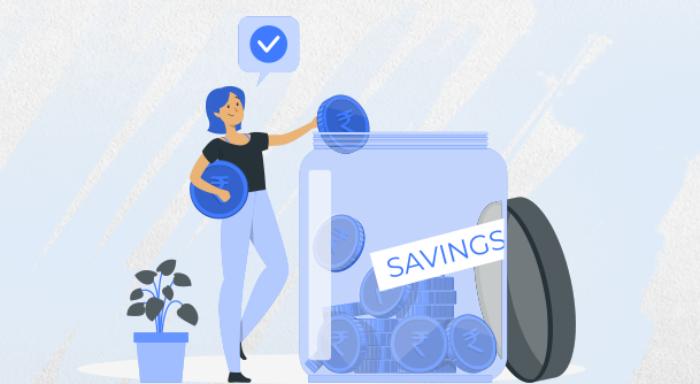Guaranteed Income vs. Market Returns- The Million Dollar Question, Literally
Blog Title
167 |
Should you opt for guaranteed income plans or select market returns instead? While this is literally the million-dollar question for any investor, the answer is not (for lack of a better phrase) black and white. It all depends on your life stage, goals, and several other factors including your risk appetite. Here’s a look at what guaranteed income plans offer and whether they are better than opting for market returns.
An Introduction to Guaranteed Income Plans and Their Benefits
Guaranteed income plans are a type of insurance policy that provide fixed payments at predetermined intervals. The maturity periods for these policies are considerably longer in comparison to many other investment plans, with the minimum policy duration ranging from 10-30 years. Post the conclusion of the premium paying term, the policy will offer fixed income to the policyholder at various intervals.
How are guaranteed income plans beneficial? Here’s taking a closer look:
- Dependable and fixed income source after retirement.
- Payouts are also given at the time of maturity.
- There are death benefits, which ensure financial security for nominees in case of the policyholder's unfortunate demise.
- Safer option for investors that safeguards you from volatility in the market.
- Zero risk exposure in the market while securing the initial investment and offering good return ratios over time.
Some other benefits include the following:
- You can use guaranteed income plans as a suitable reinvestment option throughout the contract duration.
- These plans have fixed rates for the entire contract period which is unlike many other investment offerings which may witness changes in their terms and conditions periodically.
- For example, a usual 10-year investment window for any conventional investment like an FD, for instance, can be scaled up to 40-45 years with these plans. Other investments will also be unable to offer fixed return rates beyond a maximum of a decade except for guaranteed income plans.
- Choose regular income if you want a constant source of income throughout the years or choose lumpsum returns if you want a large payout at the end of your policy term. You may also opt for a balanced combination of both these components.
- Even if the insurance company winds up, there will be no compromises on the safety of funds that you have paid in the form of premiums. The IRDAI has rules in place to keep insurance companies stable and protect policyholders. This includes strategies like mergers and acquisitions. Additionally, insurance companies are required to keep a certain amount of money in reserve to cover their promises and must maintain a solvency margin of at least 150%. These measures help ensure your investments are safe.
Guaranteed returns plans will give you a payout that you can count on, irrespective of what’s happening in the market. This will help you achieve peace of mind regarding your financial security. In fact, you can always use these plans as viable income options for meeting future goals such as your child’s education, retirement, building an alternative stream of income, and more. These plans can give you periodic payouts at pre-fixed intervals throughout the entire policy duration.
But what about market returns? Are they better options? Let us find out below.
Should You Opt for Market Linked Instruments?
Some potential disadvantages of guaranteed income plans may include comparatively lower returns than some other investment options. Guaranteed plans generally have a rate of returns of around 4-7%, which falls short in comparison to market-linked returns from instruments like mutual funds and ULIPs.
Guaranteed payouts are usually given as a percentage of your sum assured amount. For example, while you may feel like you’re getting a return of 9% on your investment, it will be 9% of the sum assured amount in reality. If you’re a risk-averse or conservative investor, then you should look at guaranteed income plans over market returns.
However, if you have moderate risk appetite, you can consider opting for ULIPs which combine insurance and investments in equity, debt, or balanced funds. You can periodically switch funds to reduce risk and maximize returns. If you have a higher risk appetite, then you consider investing in mutual funds, particularly equity funds and other equity market instruments to earn higher returns. However, remember, that you will have to contend with huge market volatility and your ultimate investment outcome will depend on various factors that are out of your control.
Conclusion
As mentioned earlier, there is no black and white or definite answer to the question. You should choose an investment plan as per your risk appetite and your future life goals.
Siddhant Dubey - Writer & Photographer
Siddhant works as a freelance content writer who is interested in a wide range of spheres from photography and personal finance to cooking. He is also an aspiring photographer striving to showcase life around him through his vision.







